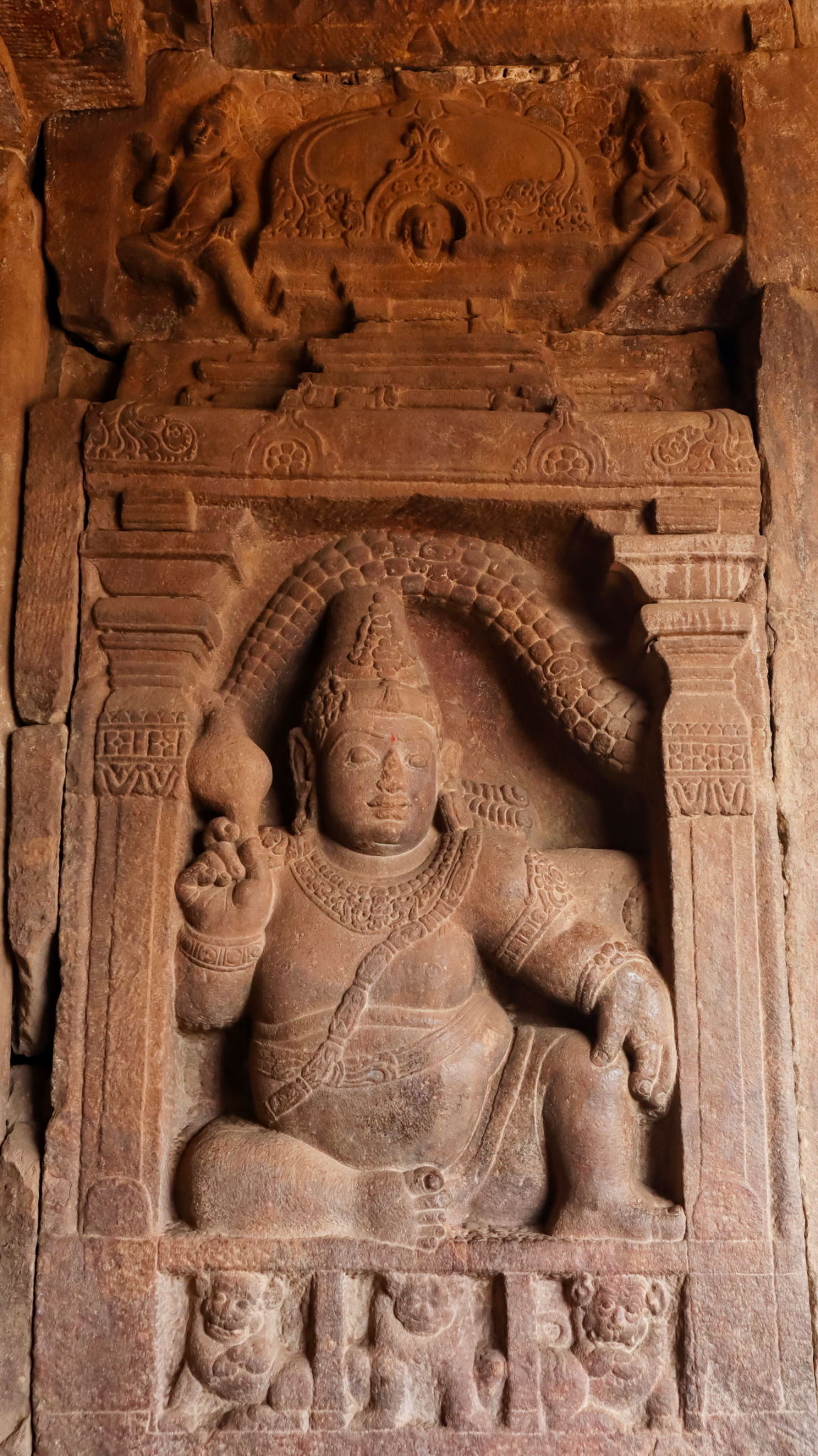The Unique Features of Kubera Temple's Architecture
Introduction to Kubera Temple's Architecture
The Kubera Temple, a magnificent edifice revered by many, is not only a place of spiritual significance but also a marvel of architectural brilliance. Nestled amidst picturesque surroundings, this temple stands as a testament to the skill and creativity of ancient artisans. Its unique features draw countless visitors, architecture enthusiasts, and devotees alike, eager to experience its grandeur firsthand.

Historical Significance and Origins
The origins of the Kubera Temple date back several centuries, with its foundation rooted deeply in ancient traditions. This temple is dedicated to Lord Kubera, the deity of wealth and prosperity. The architecture reflects a blend of regional styles, showcasing the cultural and historical influences that have shaped its construction over time. It is a living example of how spirituality and artistry have been interwoven through history.
The Influence of Regional Styles
The design of the Kubera Temple incorporates elements from various architectural styles prevalent during its time of construction. From intricate carvings to the towering gopurams, each feature tells a story of cultural amalgamation. This fusion of styles not only adds to its aesthetic appeal but also highlights the temple's role as a confluence of diverse artistic traditions.

Architectural Features That Stand Out
One of the most striking features of the Kubera Temple is its majestic entrance adorned with detailed carvings and sculptures. These artful depictions often illustrate mythological tales, capturing the essence of divine narratives. As you move further inside, the temple's expansive halls reveal an impressive play of light and shadow, creating a serene ambiance for contemplation and worship.
The Marvelous Mandapas
The temple's mandapas, or pillared halls, are architectural wonders in their own right. These spaces are not only functional, serving as gathering spots for rituals and ceremonies, but also display exceptional craftsmanship. The pillars are often elaborately carved with motifs ranging from floral patterns to depictions of celestial beings, showcasing the artisans' attention to detail.

Symbolism and Sacred Geometry
In addition to its visual appeal, the architecture of the Kubera Temple is deeply symbolic. The temple layout follows the principles of sacred geometry, believed to enhance spiritual energy and harmony. Each element, from the positioning of structures to the intricacies of decorative patterns, is thoughtfully designed to reflect cosmic order and balance.
The Role of Vastu Shastra
The principles of Vastu Shastra play a crucial role in the temple's architectural design. This traditional Indian science of architecture ensures that every aspect of the temple aligns with natural forces and energies. By adhering to these guidelines, the Kubera Temple is not only an architectural marvel but also a spiritual sanctuary where devotees can experience peace and tranquility.
Conclusion: A Living Legacy
The Kubera Temple stands as a beacon of cultural heritage and architectural ingenuity. Its unique features continue to captivate and inspire visitors from around the world. As we admire its timeless beauty and intricate designs, we are reminded of the enduring legacy left by our ancestors—a legacy that continues to enrich our lives with spiritual and artistic treasures.